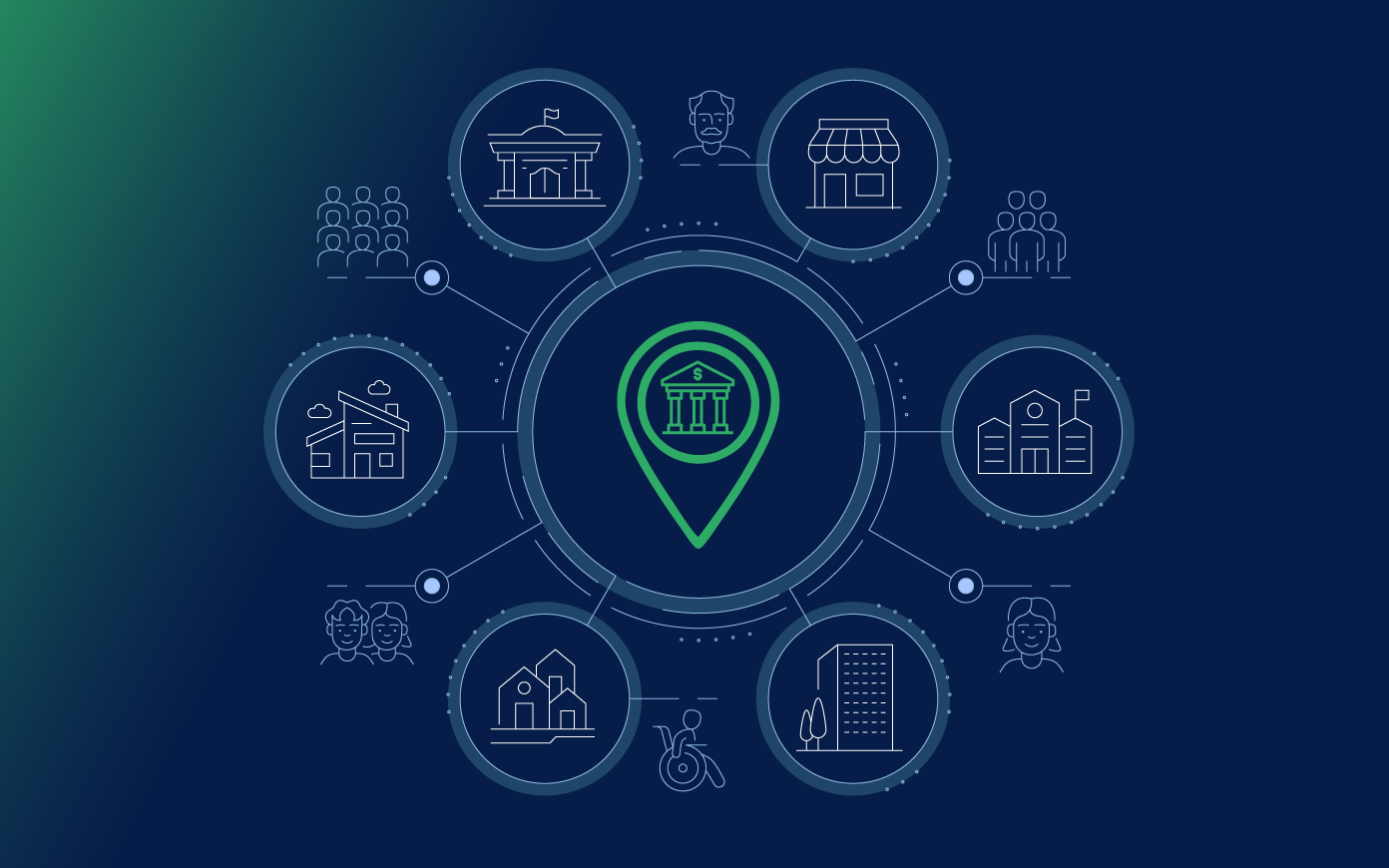In the financial services industry, one of the first concepts of modern banking continues to be a primary player: the community bank.
What are Community Banks?
Community banks are financial institutions that serve a specific geographic area, typically a town, city, or region. They prioritize relationship-based service and lend primarily to local individuals and businesses. Of the nearly 4,600 banks in the U.S., 97% are classified as community banks, according to the 2024 BNY Voice of Community Banks Survey.
While they do not hold the national brand recognition of larger institutions, community banks play an outsized role on Main Street. Collectively, they are responsible for nearly 60% of all small business loans under $1 million and 80% of all agricultural loans.
What Makes Community Banks Special?
Community banks operate on a different model than large, shareholder-driven financial institutions. They are often privately owned or overseen by a small group of families and individuals, and their leadership – executives, loan officers, branch managers and employees – typically live and work in the communities they serve. This local connection and insight allow them to make informed lending decisions and offer peer-to-peer financial advice to their neighbors.
While community banks rely on traditional customer evaluation tools like credit scores, they also look at broader indicators: community reputation, business history, and character-based assessments. This can lead to more capital access for small business owners, first-time homebuyers, and entrepreneurs in underserved areas.
How Community Banks Stay Competitive
While their size can limit services, community banks are turning to partnerships with other financial services providers to remain competitive. These collaborations allow them to offer:
- Modern mobile and online banking experiences
- Faster payment processing and remote deposit capture
- Access to digital tools for business customers
By partnering with third parties, community banks can retain their personalized service model while expanding their digital capabilities and product offerings.
Community Banks vs. Big Banks: Key Differences
Feature | Community Banks | National Banks |
Decision-Making | Local, relationship-based | Centralized, more automated |
Loan Approach | Flexible underwriting | Standardized criteria |
Ownership | Often local or privately held | Publicly traded |
Digital Services | Third-party partnerships | In-house platforms |
Community Investment | Profits reinvested locally | Profits returned to shareholders |
Community banks are structured to deliver investment into their community. They use local deposits to fund mortgages, support business expansion, and drive community development. In contrast, national banks often need to redirect deposits and returns toward a larger corporate strategy, involving national or shareholder priorities.
Community Banks and Small Business Lending
Business borrowers look to community banks for different benefits. An impressive 81% of small business owners who receive loans from community banks reported being satisfied with their bank, compared to just 68% of those who borrowed from large banks. Because community banks often understand local market conditions better, they are more likely to approve loans to small and midsize businesses that would otherwise be overlooked by a national lender. In fact, small banks approved 75% of applications for at least some of the financing sought while large banks approved 66% of applicants. In times when a community bank cannot make a business loan, many can turn to third parties, like Pathward, to help their community businesses grow.
Community Banks and Prepaid Products
Sometimes community banks outsource program management of specialty products, like prepaid cards, to ease their operations. Pathward partners with community banks to help them offer these banking solutions like gift cards, travel cards and multipurpose reloadable cards that enable them to serve their customers’ unique needs more fully.




